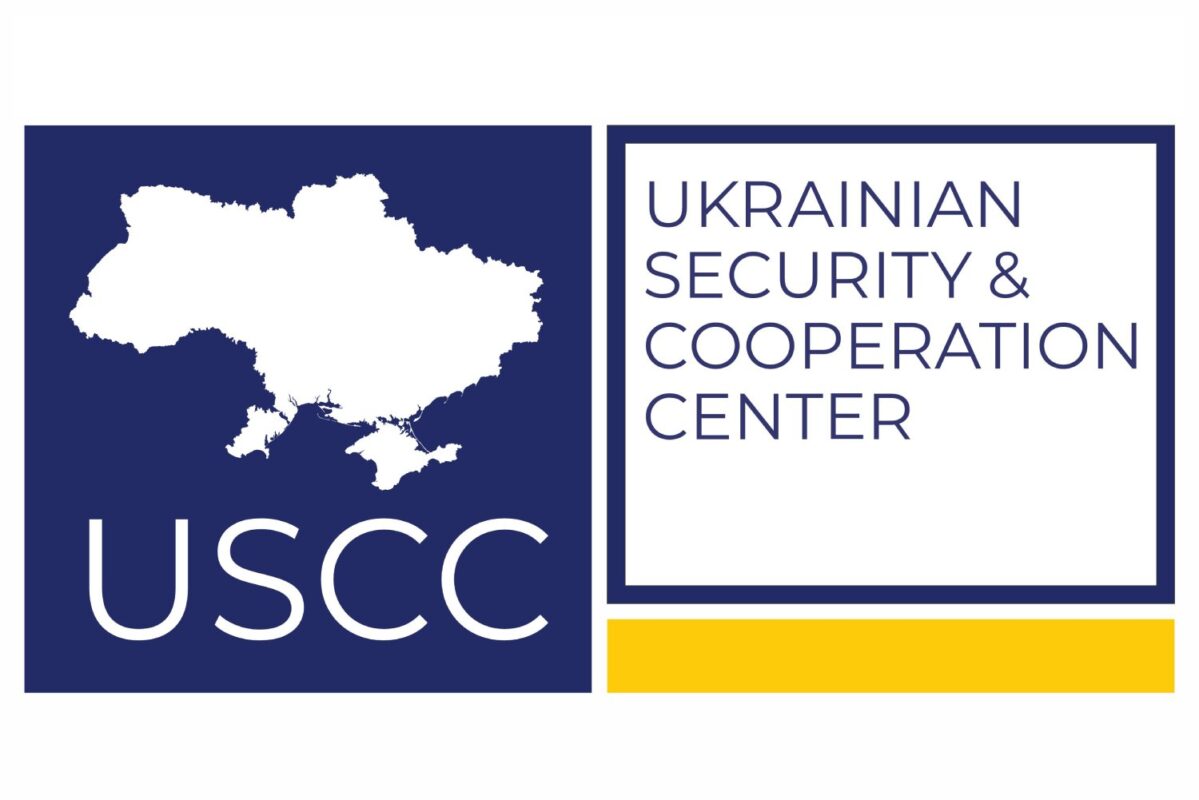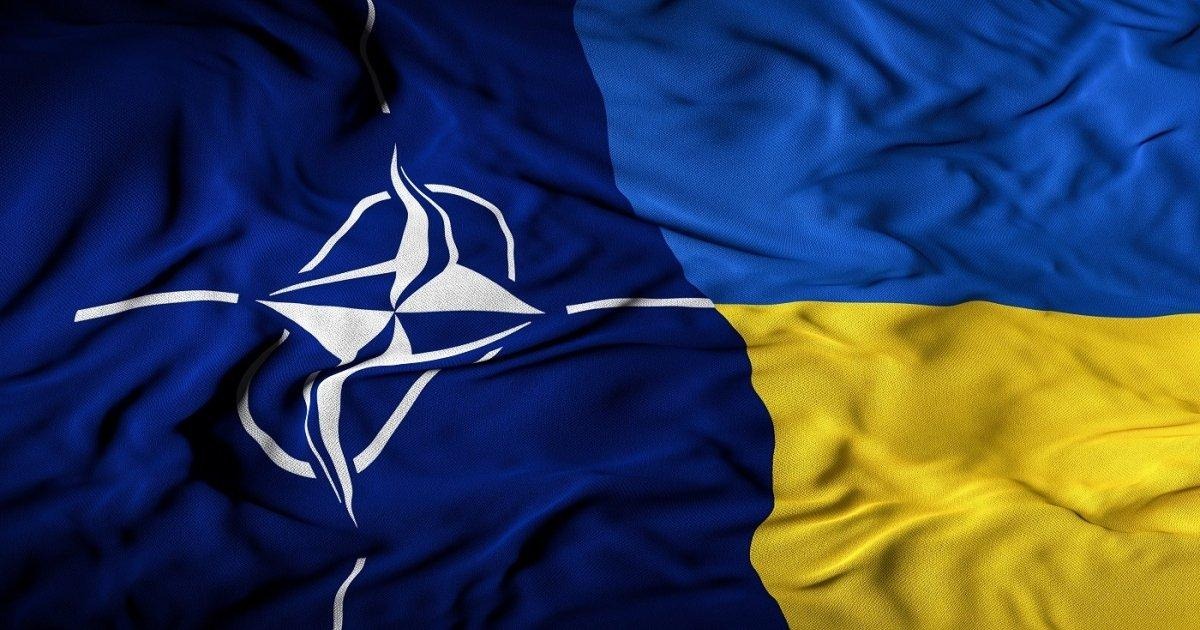This year, April 4 marks the 75th anniversary of the founding of NATO, which has become the foundation of a unified Euro-Atlantic security system from Canada to the Baltic States.
On this occasion, an anniversary summit will be held in Washington, DC, where the agreement that is considered to be the document that created the North Atlantic Alliance was signed on April 4, 1949. Much attention will be paid to Ukraine, for which membership in the North Atlantic Alliance is one of the key goals of its foreign policy, and its accession to NATO is enshrined in the country’s Basic Law.
Despite the third year of Russia’s full-scale invasion, almost daily missile attacks on cities, and intense fighting along more than 1,200 kilometers of frontline, Kyiv continues to upgrade its army and implement NATO standards, hoping for a positive decision during the NATO anniversary summit in Washington. In addition, it would send a clear signal to Moscow that could affect the determination and duration of further aggression.
Although Western experts and politicians still do not have a unified position on Ukraine’s membership in the Alliance, Kyiv is working on its “homework” and public support for joining NATO is still high at 77% (according to a November 2023 survey).
Will the Washington Summit bring Ukraine closer to NATO?
It is clear that official Kyiv would like to have a positive answer to this question, as it is confident that the Ukrainian issue in the context of security in Europe is already “ripe” for NATO.
On April 1, President of Ukraine Volodymyr Zelensky said: “This year poses several fundamental questions for the relations between Ukraine and NATO. In particular, this concerns the summit in Washington and many other aspects of cooperation. Only with Ukraine in the Alliance can we count on true security in Europe.”
And it is true. Ukraine has repeatedly emphasized that it is fighting in the West’s war against Russian expansionism and that it has weakened NATO’s main enemy in Europe. Therefore, it has a moral right to the guarantees of protection provided by membership in the Alliance.
However, Kyiv has repeatedly been told that “as long as the war continues, Ukraine cannot become a full member of NATO.” Such theses certainly do not go unnoticed in Moscow, which closely monitors the course of NATO-Ukraine relations and the narratives launched by the West. It is worth reminding that despite the aggressive statements made by the Russian authorities in early 2022 about NATO’s eastward expansion at the expense of Ukraine, Moscow was quite calm about the membership of another neighboring country, Finland, as well as Sweden’s accession to the Alliance. So Moscow is not really concerned about NATO expansion, but about the possibility of implementing its own plans in the center of Europe. And in this case, the West’s unclear position or statements about Ukraine’s impossibility of membership while part of its territory is occupied is a clear signal that the Kremlin does not have to worry as long as the war continues. After all, the Russian authorities are well aware that if Ukraine joins the Alliance, the dreams of restoring the USSR 2.0 can be forgotten, if not forever, then at least for decades.
But whether NATO will dare to give the answer Kyiv wants this year is more of a rhetorical question. By and large, nothing has changed in these positions since the Vilnius summit, and the leaders of NATO member states are approaching the meeting in Washington with virtually the same challenges as they did a year ago. However, against this backdrop, Ukraine may already gain from the concretization of steps for further rapprochement with the Alliance, clear signals on the timeline for accession, and most importantly, concrete security guarantees. In addition, Ukraine’s membership in NATO is not a “one-trick pony.” Kyiv’s accession is an investment in the security of not only the European region, but also global security, a significant strengthening of the Alliance with an effective and experienced army, and a convincing demonstration of the West’s unity and consistency.
International partners are signaling that the summit in Washington may end up with the concrete decisions Ukraine needs. This was stated, in particular, at the Kyiv Security Forum by Celeste Wallander, the US Under Secretary of Defense for International Security Affairs.
“While it is too early to say, you should know that steps will be taken during the Washington Summit that will form a solid bridge to Ukraine’s future NATO membership,”
Wallander said.
According to her, Western investment in Ukraine’s defense is also an investment in common transatlantic and global security.
“That is why Ukraine’s strategic success is very important in various dimensions: economic, reconstruction, return of refugees, steps towards EU membership, defense and security, justice and accountability,” the Pentagon representative summarized.
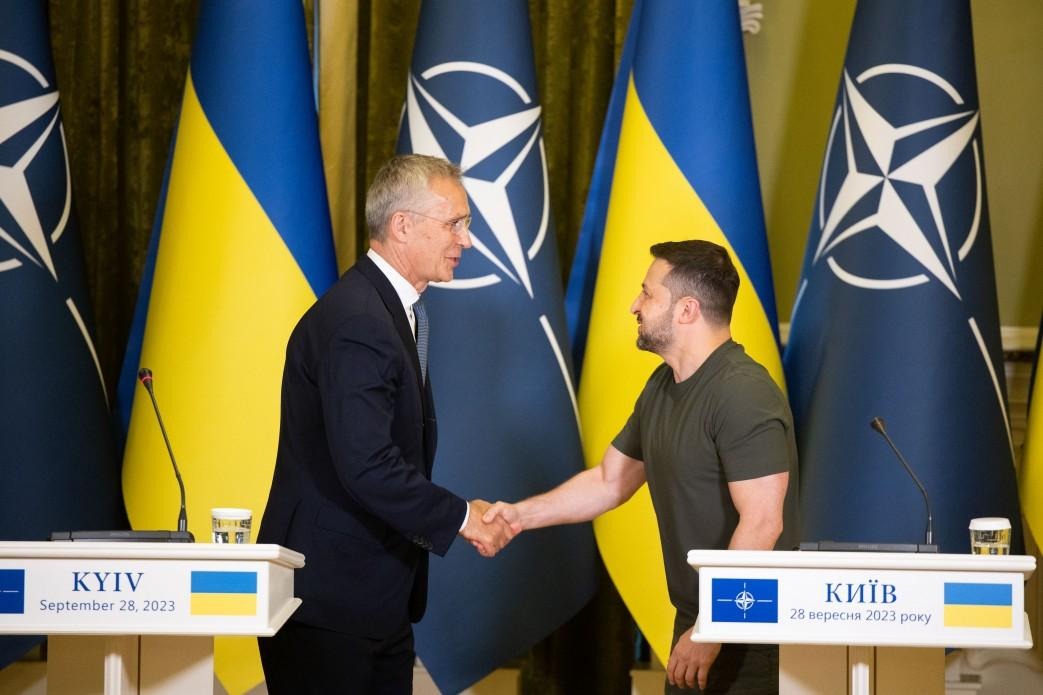
The “bridge” between Ukraine and the Alliance was also mentioned by the U.S. Secretary of State Anthony Blinken, who, during his visit to France on April 2, emphasized the importance of preparing a roadmap for Ukraine’s accession to NATO ahead of the Washington summit.
“I think that the NATO 75th anniversary summit will really focus very specifically on how we can create this roadmap. Or, to use another image, we need a bridge that will allow Ukraine to become a NATO member,”
Blinken said at a joint press conference with French Foreign Minister Stephane Sejourne.
Ukrainian Armed Forces implement NATO standards in time of war
Meanwhile, despite the hot phase of the war, Ukraine continues to reform its army to meet the standards of the North Atlantic Alliance. In particular, the army is being digitized, cybersecurity and recruitment are being strengthened, and a new stage of defense management reform is being implemented, as well as general reform of the security and defense sector, in order to achieve interoperability with NATO member states in the future.
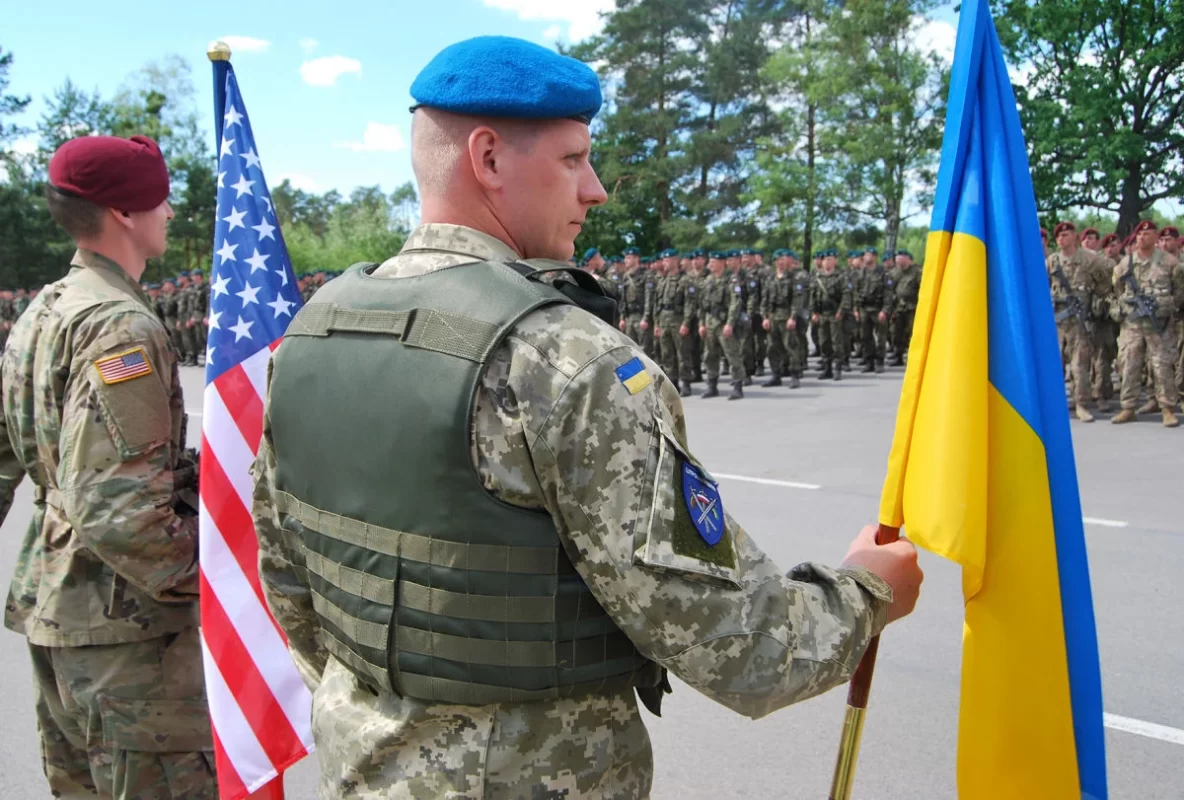
According to the official website of the Ministry of Defense, 301 NATO standards have been implemented in the defense ministry and the Armed Forces: 181 within the framework of the NATO-Ukraine Partnership Goals (priority standards of the Alliance) and 116 on a voluntary basis, which Ukraine is implementing outside the Partnership Goals.
In March of this year, Ukraine’s Defense Minister Rustem Umerov signed the Action Plan for the implementation of the adapted Annual National Program of Cooperation with NATO (ANP) for 2024, which was developed to implement the agreements following the NATO Summit in Vilnius. The program includes more than 50 measures under 17 goals to be implemented this year. The key priority of the ANP is to reform Ukraine’s security and defense sector. Earlier, NATO Assistant Secretary General Boris Ruge emphasized that the ANP is an important framework instrument for further steps of systemic integration.
Also in March 2024, the Ministry of Defense and the General Staff of the Armed Forces of Ukraine announced the start of a new phase of defense management reform. The reform is also aimed at achieving long-term interoperability with partners from NATO member states, which will allow them to act together both during military operations and in planning to counter future threats.
“We can talk about operational and functional interoperability. Compliance allows for joint actions during crisis management operations, as part of the NATO Response Force and multinational exercises. Such operations require matching at the level of weapons, shells, communication systems, etc.”
explained Deputy Minister of Defense Stanislav Haider.
Recruiting instead of conscription
The approval of the Concept of Military Personnel Policy until 2028 by the Order of the Minister of Defense of Ukraine of November 5, 2023, which, among other things, provides for the creation of an effective system of recruiting professional and motivated personnel for the Armed Forces of Ukraine, should be considered as another step towards NATO.
The main emphasis of the concept is to guarantee the satisfaction of the Armed Forces’ manpower needs during a full-scale war, integration into the Euro-Atlantic security space, and interoperability of the Armed Forces with the armed forces of NATO member states.
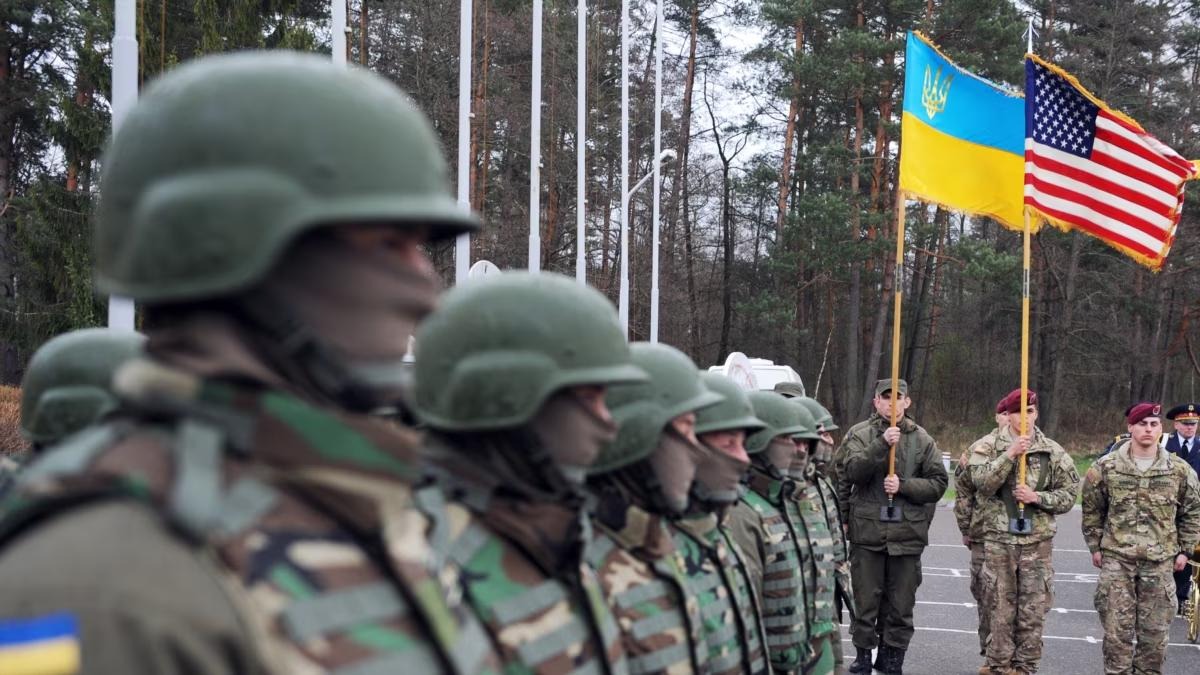
From November 2023 to March 25 more than 10 thousand vacancies were posted on 4 platforms and more than 130 thousand responses were received.
The Ministry of Defense of Ukraine announced its intention to open 27 recruitment centers in regional centers and large cities in the first half of 2024 alone.
“As of April 2, we have opened seven recruitment centers, including two in Kharkiv. In the first half of the year, we will be represented in most regions of Ukraine, with up to 30 centers, and by the end of the year we will be present in all regions and major cities. When developing new recruiting algorithms, we studied the experience of NATO member states that regularly recruit their citizens to their armed forces,”
said Oleksiy Bezhevets, the Ministry of Defense of Ukraine’s Commissioner for Recruiting, in a commentary to the USCC.
According to him, the experience of the United States, the United Kingdom, and some European countries was taken as an example. He calls the process launched successful and says that everything will depend on scaling up and improving the service. A month and a half into the centers’ operation, there are already people who are being trained in the training centers, and there are already those who are serving in their military units.
At the end of March, the Commander-in-Chief of the Armed Forces of Ukraine, Oleksandr Syrskyi, said: “We expect that we will have enough people capable of defending our homeland. We are talking not only about the mobilized, but also about volunteers. We must take into account that people are not robots. They are exhausted, physically and psychologically, especially in combat.”
We shoot down airplanes, sink ships
Indeed, the renewed Ukrainian army is proving that it is capable of conducting modern large-scale offensive and defensive operations against a superior enemy, inflicting serious defeats on it with limited resources.
This April marks the second anniversary of the liberation of northern Ukraine from Russian troops. Ukraine demonstrated resilience and fortitude when it was not given even 3 days to resist. Later, there were Kharkiv and Kherson operations, defensive operations in the east and an offensive in the south. We have successful strikes on military targets in the sky and at sea, destroying enemy ships and aircrafts. In addition, Ukrainian weapons are hitting the aggressor on its territory, and this makes it think about building defensive lines there. Also, according to Ukrainian intelligence, after the raids by Russian volunteers in the Armed Forces of Ukraine from the Russian Freedom Legion, the Siberian Battalion, and the Russian Volunteer Corps, the enemy has intensified measures to strengthen border areas in Belgorod, Kursk, and Bryansk regions. This constrains Russian forces and complicates plans to advance in the Kharkiv region.
“We are not only defending ourselves, but every day we are moving forward in different directions. In addition, the number of positions we have regained exceeds the number of positions we have lost. The enemy has not managed to make significant progress on strategic directions, and its territorial gains, if any, are of tactical importance. This situation is under our control,”
said Ukrainian Armed Forces Commander-in-Chief Oleksandr Syrskyi in late March.
What’s next?
Over the two years of war, the Ukrainian defense forces have gained vast experience in combat operations. Every day, the Ukrainian military is mastering Western weapons used by NATO members. Today, Ukraine’s army is one of the most capable on the European continent, and has a good record of successful military operations, which probably no NATO country has conducted since World War II.
In the course of this war, Ukraine has proven that it is more than ready for NATO membership and has much to offer the Alliance. On the way to this, Ukraine has been faithfully fulfilling all its tasks and implementing reforms to meet NATO’s requirements at all levels. In other words, it is doing its “homework” and now it should be assessed accordingly at the summit in Washington.
